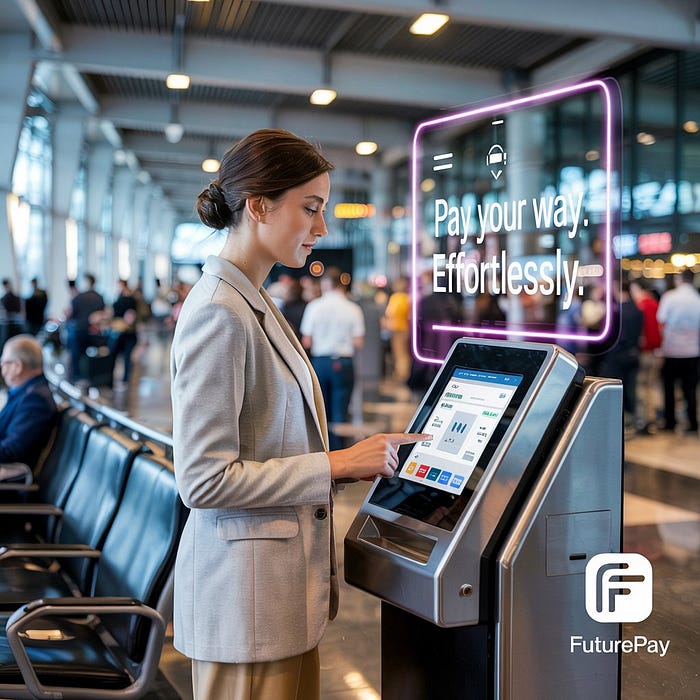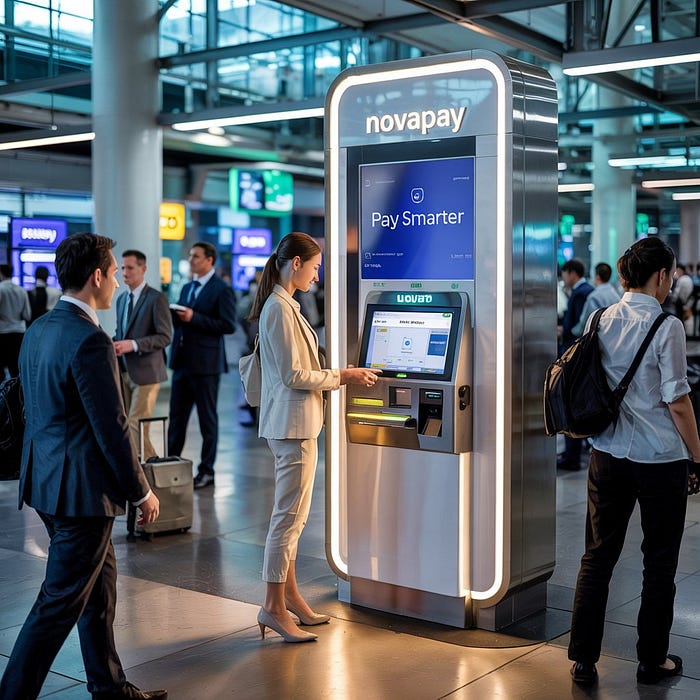Easy Ways Bill Payment Kiosks Help You Save Time.

The Rise of Bill Payment Kiosks: Simplifying Transactions for Everyone
In today’s fast-paced world, convenience and efficiency are the cornerstones of modern living. As technology continues to evolve, the way we handle routine tasks such as bill payments has drastically changed. Among the most impactful innovations in this area are bill payment kiosks. These self-service machines have grown increasingly popular due to their ability to streamline payments and provide quick, easy, and accessible solutions to common billing challenges.
Consumers have long faced issues such as long queues, limited service hours, and inconvenient payment locations. With the emergence of bill payment kiosks, these challenges are being addressed head-on, transforming the payment experience across various sectors including utilities, telecommunications, government services, and more.
Understanding Bill Payment Kiosks
Bill payment kiosks are automated self-service machines that enable users to pay various bills quickly and efficiently. Found in high-traffic areas, they provide an alternative to traditional payment methods such as in-person counter services or mail-in payments.
Definition and Functionality
A bill payment kiosk is a digital terminal that allows customers to settle their bills using a touchscreen interface. The primary functionalities include:
- Viewing outstanding bills
- Making payments using different payment modes
- Printing receipts for completed transactions
- Scanning account numbers or barcodes
Some kiosks also allow users to check account balances, register complaints, and renew services.
Technology and User Interface
These kiosks are equipped with state-of-the-art technologies to ensure a seamless experience:
- Touchscreen Displays: Interactive screens for easy navigation
- Payment Modules: Support for cash, debit/credit cards, QR code payments, and mobile wallets
- Barcode Scanners: For quick bill identification and account retrieval
- Receipt Printers: For transaction records and confirmations
Their interfaces are designed to be intuitive, requiring minimal technical know-how. Many include onscreen guidance, audio instructions, and visual cues to help users at every step.
Common Locations and Use Cases
Bill payment kiosks are strategically installed in locations with high footfall such as:
- Supermarkets and grocery stores
- Malls and retail outlets
- Gas stations and convenience stores
- Utility company offices
- Government service centers
Common use cases include:
- Utility bill payments (electricity, water, gas)
- Mobile and internet recharges
- Traffic fine payments
- Insurance premium settlements
Time-Saving Benefits of Kiosks
One of the primary reasons bill payment kiosks are gaining popularity is their ability to save time for both users and service providers.
Reduced Waiting Times
Unlike traditional service centers where customers often endure long queues, kiosks allow multiple transactions to happen simultaneously across different locations. This distribution of users reduces bottlenecks and expedites the entire payment process.
24/7 Availability
Many bill payment kiosks are available round-the-clock, providing unparalleled access and convenience. Whether early in the morning or late at night, users can pay their bills without having to worry about banking hours or public holidays.
Quick Transactions
Kiosks are designed for rapid operation. With automated processes and user-friendly interfaces, a typical transaction can be completed in under two minutes. This speed is a major advantage for busy individuals looking to save time.
Enhanced Convenience and Accessibility
Bill payment kiosks have been developed with a strong focus on user convenience and accessibility, ensuring that everyone — from tech-savvy millennials to senior citizens — can benefit.
User-Friendly Design
The kiosks feature clear visual prompts, simple menu options, and step-by-step instructions. Even first-time users can navigate the system with ease. Touchscreen controls, large font sizes, and tactile buttons enhance usability for users of all ages.
Multiple Payment Options
To cater to a wide range of preferences and financial tools, kiosks typically support:
- Cash
- Credit and debit cards
- Contactless payments (NFC)
- Mobile wallets (e.g., Google Pay, Apple Pay)
- QR code scanning for app-based payments
This flexibility makes them an ideal solution for users with varying payment preferences.
Multilingual Support
In culturally diverse regions, language can often be a barrier. Modern kiosks are equipped with multilingual capabilities, offering users the choice of several languages for navigation and instructions. This inclusivity ensures that non-native speakers can also access the services confidently.

Cost-Effective Solutions for Providers
While the benefits for end-users are clear, bill payment kiosks also offer substantial advantages to service providers.
Reduced Staffing Needs
By automating the bill payment process, businesses can operate with fewer front-desk personnel. This reduction in staffing not only lowers payroll costs but also allows staff to be reallocated to more complex customer service tasks that require human intervention.
Minimized Infrastructure Costs
Kiosks require less physical space and infrastructure compared to full-service centers. This enables service providers to deploy kiosks in multiple small locations, expanding their reach without significant capital investment.
Enhanced Payment Collection Efficiency
Automated kiosks reduce errors associated with manual data entry and streamline payment collections. Real-time transaction updates and digital recordkeeping improve reconciliation processes and minimize revenue leakage.
Conclusion and Future Outlook
Bill payment kiosks have revolutionized the way we handle everyday transactions. By offering a blend of speed, convenience, and efficiency, they address the shortcomings of traditional payment methods while opening new avenues for both consumers and providers.
Looking ahead, the future of bill payment kiosks is promising. Advancements in artificial intelligence, biometric authentication, and integrated customer service features will likely enhance kiosk functionality even further. As smart cities evolve and digital adoption increases, we can expect kiosks to play an even larger role in our daily financial activities.
In conclusion, bill payment kiosks are more than just machines — they represent a shift toward a more user-centric, accessible, and tech-driven approach to bill payments. Whether you’re managing your household utilities or running a business, exploring the benefits of kiosks could be your first step toward smarter financial management.
Comments
Post a Comment